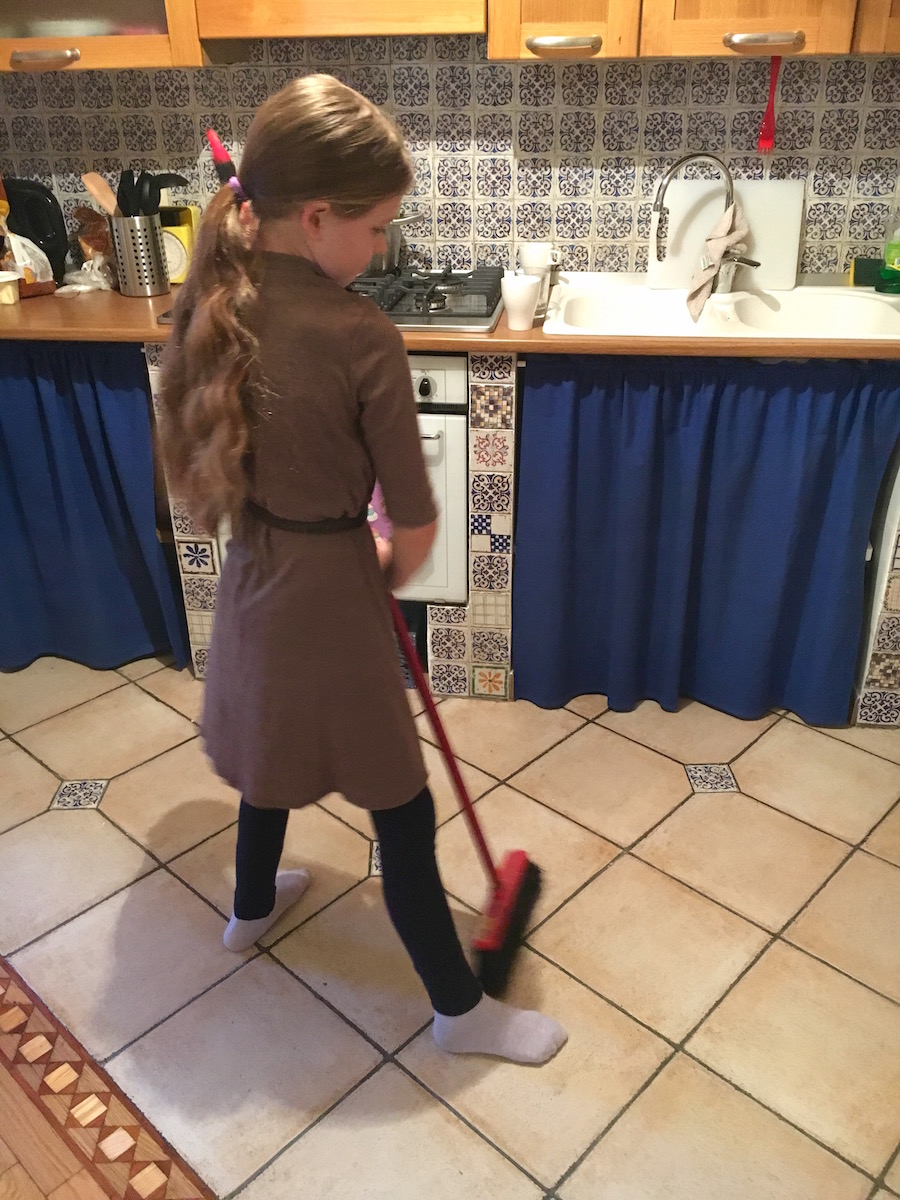Broom History
A broom is a cleaning tool consisting of stiff fibers (often made of materials such as plastic, hair, or corn husks) attached to, and roughly parallel to, a cylindrical handle, the broomstick. It is thus a variety of brush with a long handle. It is commonly used in combination with a dustpan.
In many Asian countries, however, brooms are not always made of stiff fibers, as there is often a distinction between a "hard broom" and a "soft broom". Soft brooms are made for sweeping the walls of cob webs and spiders, and are very important for that reason. Hard brooms are made for the harder job of actually sweeping dirt off sidewalks.
Brooms have been used for centuries to sweep castles, caves, and houses. Before 1797 they were hand and home-made. They were used to sweep away the ashes from the fire and clean the floor. Crude brooms were made by fashioning straw, hay, corn husks, or even fine twigs, with strong twine to a stick or handle. These brooms fell apart very quickly and did not sweep well.
The sweeping quality of brooms changed in 1797 when Levi Dickenson, a farmer in Hadley, Massachusetts, made a broom for his wife, using the tassels of a variety of sorghum (Sorghum vulgare), a grain he was growing for the seeds. She thought Levi’s broom was exceptionally good and told friends and neighbors about it.
Word of Levi's broom spread quickly throughout the community. People asked him to make one for them. As the demand for these brooms grew, Levi grew more and more of the sorghum. Each sorghum broom he made swept well, but ultimately fell apart as all brooms of that time did . Apparently people were not disturbed by the brooms falling apart, for that was the nature of brooms.
Levi was not satisfied with having his "very fine" brooms fall apart, and envisioned a machine which would help him make better brooms, and make them faster. In 1810 the foot-treadle broom machine was invented. This clever machine played an integral part in the Industrial Revolution.
While developing the broom machine, it's inventors also examined the broom handle, looking for a better way to secure the sorghum tassels to it. These inventors drilled two holes in the handle and inserted split pegs into the round holes. The broom corn was lashed onto a handle and pegs, using fine linen twine.
Now, brooms are not always used as vacuums and things that blow air have taken over. But I think brooms have always been useful and wish they would always be used.




